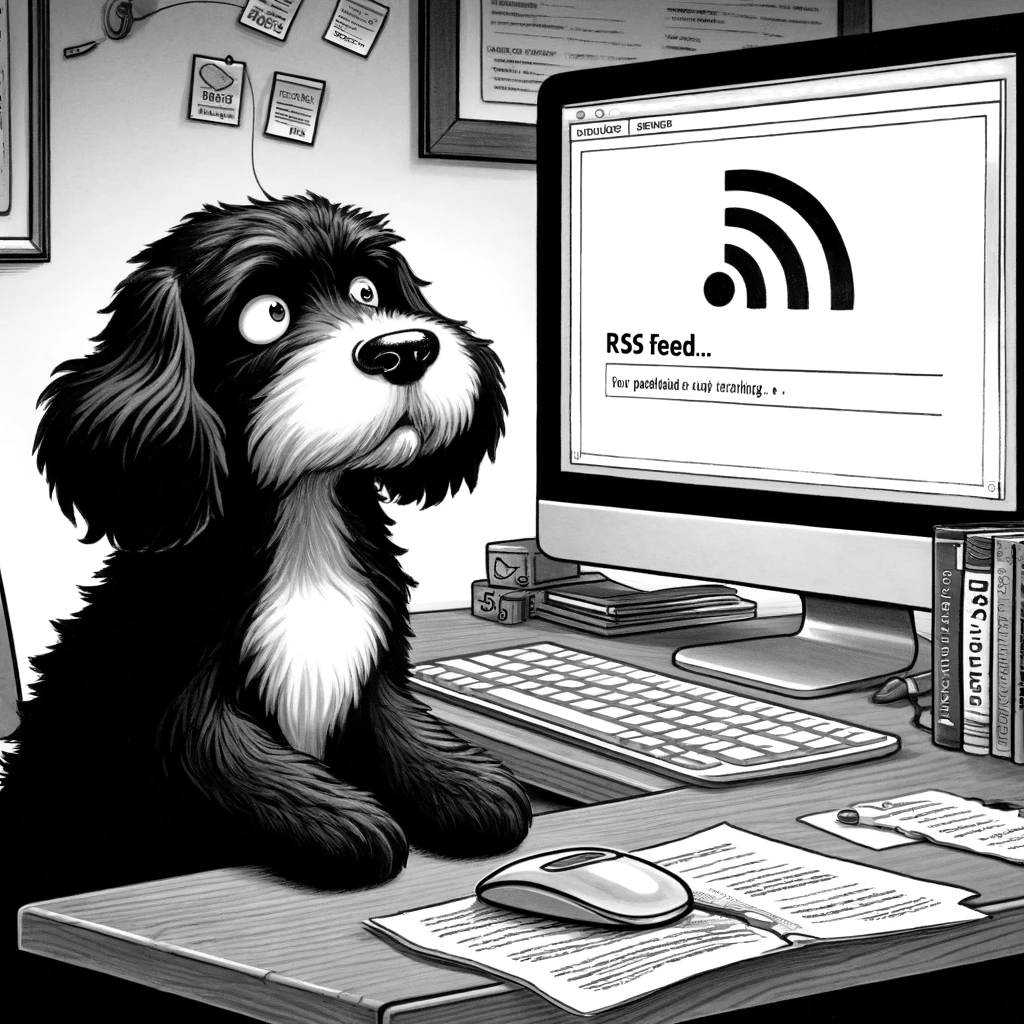Understanding RSS Feed Errors
When managing a WordPress site, it’s crucial to ensure that your RSS feed is functioning properly, as errors can compromise content distribution and user experience.
Common WordPress RSS Feed Errors
WordPress RSS feed errors are typically XML parsing errors that prevent feeds from being read correctly by RSS aggregators. Common issues include:
- XML Parsing Error: This usually indicates that there’s a problem with the formatting of the XML file, which might include extraneous whitespace or incorrect character encoding.
- Feed Validation Errors: Errors appear during validation tests, signaling syntactical issues in the feed structure.
Identifying the specific type of RSS feed error is the first step towards resolution. Once identified, users can troubleshoot the errant feed using tools designed for this purpose.
How RSS Feed Errors Affect Your Site
RSS feed errors can significantly impact a website:
- User Experience: For readers using RSS aggregators, feed errors disrupt the ability to receive updates from the site. This may lead to a decline in user engagement and satisfaction.
- Content Syndication: Feed errors can block the syndication of content to other websites, affecting visibility and traffic.
By promptly addressing feed errors, website owners can maintain the integrity of content distribution channels and ensure a seamless experience for their audience.
Diagnosing RSS Feed Issues
Before diving into the specific diagnostics of RSS feed issues, one must understand that RSS feeds are structured in a markup language that’s prone to errors due to bad formatting. Identifying and resolving these errors can often restore feeds to proper functionality.
Using Feed Validator Tools
To begin diagnosing RSS feed problems, one can utilize a feed validator tool. By inputting the feed URL, these tools will check the feed against standard formatting rules and pinpoint where the errors occur. Common errors might include mismatched tags or incorrectly escaped characters, which a validator will clearly list. Here are steps to use a validator:
- Step 1: Locate the RSS feed URL for your WordPress site.
- Step 2: Go to a reputable feed validator and enter the RSS feed URL.
- Step 3: Run the validation process to receive a report of issues.
Interpreting Error Messages
After running the feed through a validator, the user will be presented with error messages. Interpreting these requires an understanding of the underlying markup language of RSS. For example, a syntax error may point to an issue with PHP code in the theme or plugins. Error messages might include “XML parsing error” or “mismatched tag.” Each error message should include:
- The specific problem: Clearly stating what is wrong.
- Location: Line number or code excerpt where the error has occurred.
By using validator tools and understanding error messages, users can methodically address the numerous issues that may arise with RSS feeds in WordPress. Whether the problem stems from the theme’s functions.php file or a conflict with a plugin, these steps can guide one through the troubleshooting process.
Resolving Common Errors
When dealing with RSS feed issues in WordPress, users may encounter a variety of errors. This section provides clear solutions for PHP and XML related errors, theme and plugin conflicts, and layout and formatting issues within WordPress.
Fixing PHP and XML Errors
WordPress RSS feed errors often stem from PHP and XML issues. One should check the functions.php file for an extra space after the closing PHP tag. Additionally, removing any unnecessary line breaks in this file can prevent XML parsing errors. For those unfamiliar with code, consider using a WordPress RSS Feed Error solution that can guide you through fixing these errors.
Addressing Theme and Plugin Conflicts
Sometimes a theme or plugin can cause RSS feed disruptions. To isolate a theme conflict, switch to a default WordPress theme and verify if the RSS feed functions correctly. For a plugin-related issue, deactivate all plugins, and then reactivate them one by one until the culprit is identified.
Correcting Layout and Formatting Issues
Improper layout and formatting within posts can break RSS feeds. Users should ensure their content is free from HTML or special character errors, which might corrupt the feed.
Preventative Measures and Best Practices
When managing WordPress websites, taking preventive measures and following best practices ensure a stable and reliable RSS feed. These steps are pivotal to avoid common issues that may disrupt the feed functionality.
Maintaining Clean Code
Ensuring that the functions.php file in your WordPress theme is free from errors is essential for a healthy RSS feed. Even an extra space or line break after the closing PHP tag can introduce problems. Regularly reviewing and testing the code can prevent these issues. For example:
- Before closing PHP tag: Ensure no white spaces or lines exist.
- Code edits: Test changes in a staging environment before going live.
Choosing Reliable Plugins and Themes
Selecting trustworthy WordPress plugins and themes is critical:
Plugins:
- Opt for plugins with high ratings and frequent updates.
- Check for compatibility with your WordPress version.
Themes:
- Choose themes from reputable sources or directly from the default WordPress theme for reliability.
- Review the theme author‘s support forums for potential RSS feed issues.
By carefully choosing and managing plugins and themes, along with maintaining clean code, one can avoid many common RSS feed errors in WordPress.











